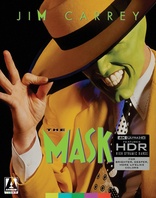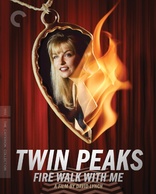Did you know that Blu-ray.com also is available for United Kingdom? Simply select the
|
|
|
||||||||||||||||||||
|
||||||||||||||||||||||
As an Amazon associate we earn from qualifying purchases. Thanks for your support!
×
|
Did you know that Blu-ray.com also is available for United Kingdom? Simply select the |
Best Blu-ray Movie Deals
|
Best Blu-ray Movie Deals, See All the Deals » |
Top deals |
New deals
|
 $67.11 1 day ago
|  $35.00 1 day ago
|  $21.31 10 hrs ago
|  $29.99 16 hrs ago
|  $14.37 1 day ago
|  $49.99 |  $31.32 1 day ago
|  $68.47 |  $34.99 12 hrs ago
|  $34.96 |  $22.49 |  $29.99 |
What's your next favorite movie?
Join our movie community to find out
Join our movie community to find out

Image from: Life of Pi (2012)















 Linear Mode
Linear Mode

